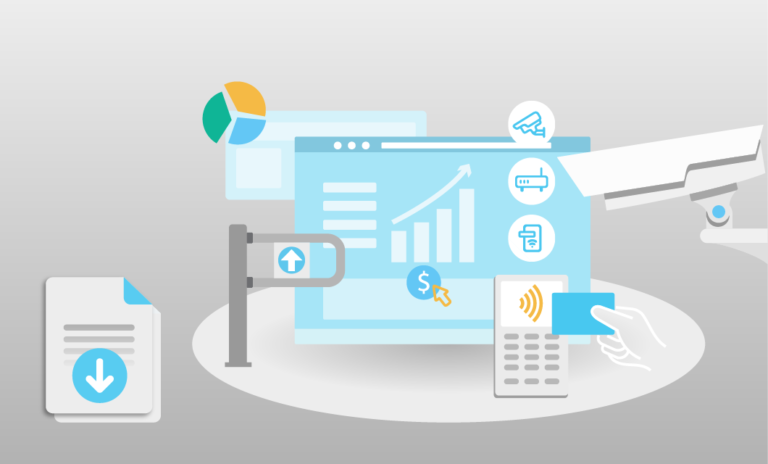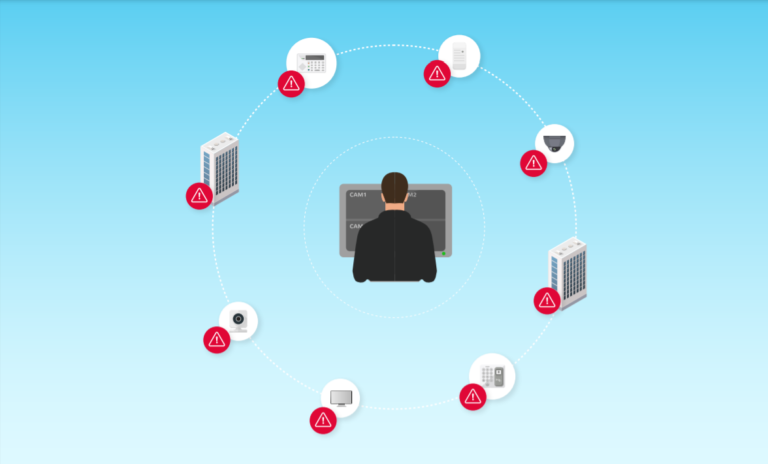
Today’s organizations understand the value of physical security devices, and events such as the Brooklyn subway shooting have highlighted how critical it is to ensure that those devices work properly and consistently.
At the same time, organizations understand the importance of keeping their physical security maintained while keeping the costs down—especially with a typical price tag of $2 million to $3 million for a deployment of 1,000 physical security devices, including purchase, installation costs and maintenance costs.
But while there is no question as to the importance of maximizing your physical security “bang for your buck,” many organizations are only now beginning to realize the extent to which automation can help.
With that in mind, here’s a look at three key ways automation can empower you to enhance your physical security posture, minimize your costs, and boost your overall return on investment (ROI).
1. Prevent downtime by automating the maintenance of your physical security devices
When your security cameras and other devices are down, you have a gap in the measures that are supposed to protect your resources, your reputation, and (most importantly) the people spending time on and around your premises. Any downtime these devices have, takes a toll on your overall physical security ROI.
In many cases, this downtime can be prevented by taking routine maintenance steps, which also protect you from cybersecurity threats. The most important of these steps include upgrading firmware, rotating passwords, and managing certificates.
A conventional, manual approach to these steps is time-consuming, costly, and inefficient. Even more importantly, that kind of approach is unreliable and often plagued by human error.
On the other hand, automating these steps lets you carry them out efficiently and reliably. Not only does this highly scalable approach offer you significant cost and labor savings, but it helps you ensure that your devices are maintained consistently. This way, automation can minimize the chance that a device will be affected by an issue that forces it offline and compromises your security.
2. Cut downtime by slashing time to detection and time to resolution
Unfortunately, even if you maintain your security cameras and other devices well, sometimes issues resulting in downtime are inevitable. Typically, a physical security device will have an issue requiring an on-site technician once every two to three years. And in our work with new customers, we at SecuriThings have found that 26% of devices have at least one issue (and in many cases multiple issues) demanding attention.
When devices do go offline, it is important to quickly detect and resolve the underlying issue. But many organizations lack real-time visibility into the operational status of their physical security devices. As a result, devices can sometimes be offline for weeks or longer before the problem is discovered—and resolving the issue then takes additional time.
By monitoring devices around the clock, an automated solution can minimize the time to resolution of issues causing downtime. Not only can this approach notify teams rapidly that a device has an issue that must be addressed, but it can provide details to help them diagnose the issue. Then, the team can take action—remotely in most cases—to resolve the issue and get the device working properly. This enables them to cut a device’s typical downtime from weeks to just minutes.
3. Reduce the work involved in resolving device issues
The conventional, manual approach to managing physical security devices often results in an expensive break/fix cycle. On the other hand, an automated approach can cut labor costs significantly by preventing unnecessary work.
One major reason for the high expenses of the conventional approach is that after discovering that a physical security device has stopped working properly, a company will often send a technician to troubleshoot the issue on-site.
We have found that as many as 60% of truck rolls are not required, and are usually resolved with a simple device restart. In fact, most on-site service can be avoided or minimized just by automating your Tier 1 and Tier 2 support before service calls are even made.
Making your physical security investment work
The reality today is that physical security is expensive but critical.
Security cameras and other devices are an essential part of what helps organizations protect themselves, those around them, their property, and their reputations from a variety of risks. Not only do those devices come with a hefty initial price tag, but managing and securing them manually adds to their cost throughout their life cycle. And after all the money spent on those devices, many organizations are left with no way to ensure they work consistently—let alone to diagnose and resolve issues in bulk.
Automating the operational management of your physical security devices changes that reality. Not only does it help you to minimize downtime and ensure that your physical security devices work consistently, but it empowers you to avoid the unnecessary costs resulting from a manual approach to managing those devices. This way, you can maximize the return on your physical security investment.
For a closer look at how automating the operational management of your physical security devices can save you money while enhancing your security posture, check out The Cost Benefit of Automation in Physical Security.




